The Power of an Image
When you hear Alberta, what picture comes to mind?
Among the reel of photos you may visualize, one that likely unites all Albertans is our imaginings of the mountains. Let me tell you about my story of the mountains.
Almost straight out of the womb, my parents took me on a road trip to our beloved Rocky Mountains. Actually, I spent much of my youth travelling our province, and the entire West Coast, in our family minivan. Sometimes in my car seat I sat side-by-side with my great grandmother, other times my napping sister, other times a cousin and so on. At some point or other, all of my grandparents, cousins, aunts, and uncles have spent time in the van - and like most Albertans, our favourite destination has always been the mountains!
I remember happily looking out the window at our mountain giants, drinking from my bottle and kicking my car seat, my dad looking back in the rear view mirror at me, lovingly talking to me and commenting on the passing scenery. The familiar sounds of my family’s multi-generational, multi-lingual babble enveloped me and the 90s hit soundtrack of Rangeela kept the beat as we drove through the winding and curving mountain roads.
We would meet other parts of our family at different picnic spots. A pot of pilau, kept warm by numerous blankets around it, and a black and green thermos full of chai, were our sustenance. Even in -30℃, the kids would kick a ball around and play, while the adults chatted and watched. Gas stations, service signage, rest stops, farms - and of course formidably shaped mountains - marked past and future landmarks of these road trips and their unique stories.
As I grew up the details changed: the music, the food, the people - but the constant was my family’s engagement from our minivan with the world around us. We played the license plate game, told stories, argued, napped, sang, and laughed. When I started to do photography, this was my testing ground. I still admire my photos from then, with their imperfections: out-of-focus with blurs and the reflections of road trip clutter. Sometimes I took photos of the most iconic sights from our moving car, trees and other elements of the road in the frame. Although they were not technically perfect (ie. not taken from the best spot or with a tripod) I love that my early images represent a different angle of the most infamous places, like our Rocky Mountains. Those images represented my family’s story and the lived experience of our home.
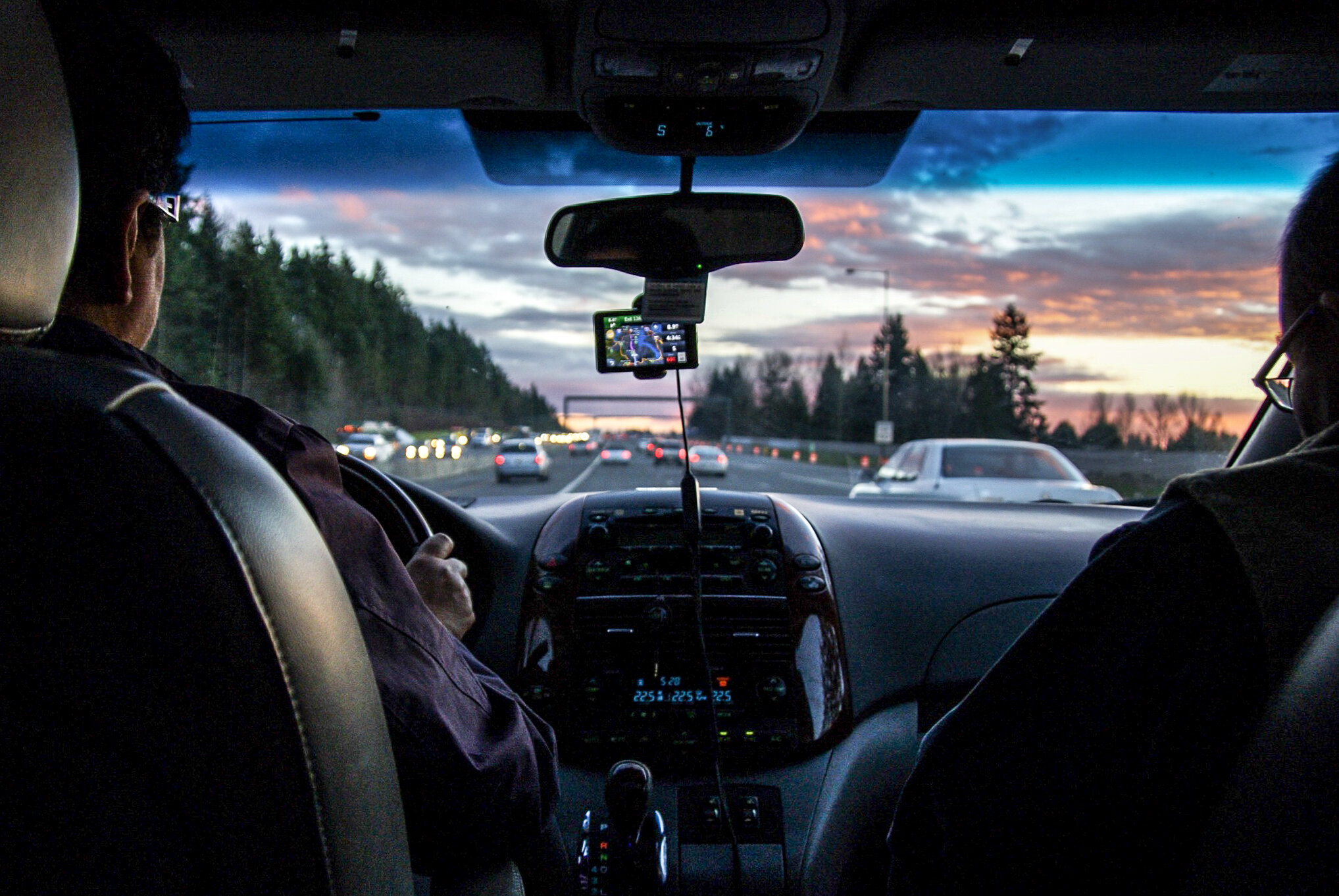
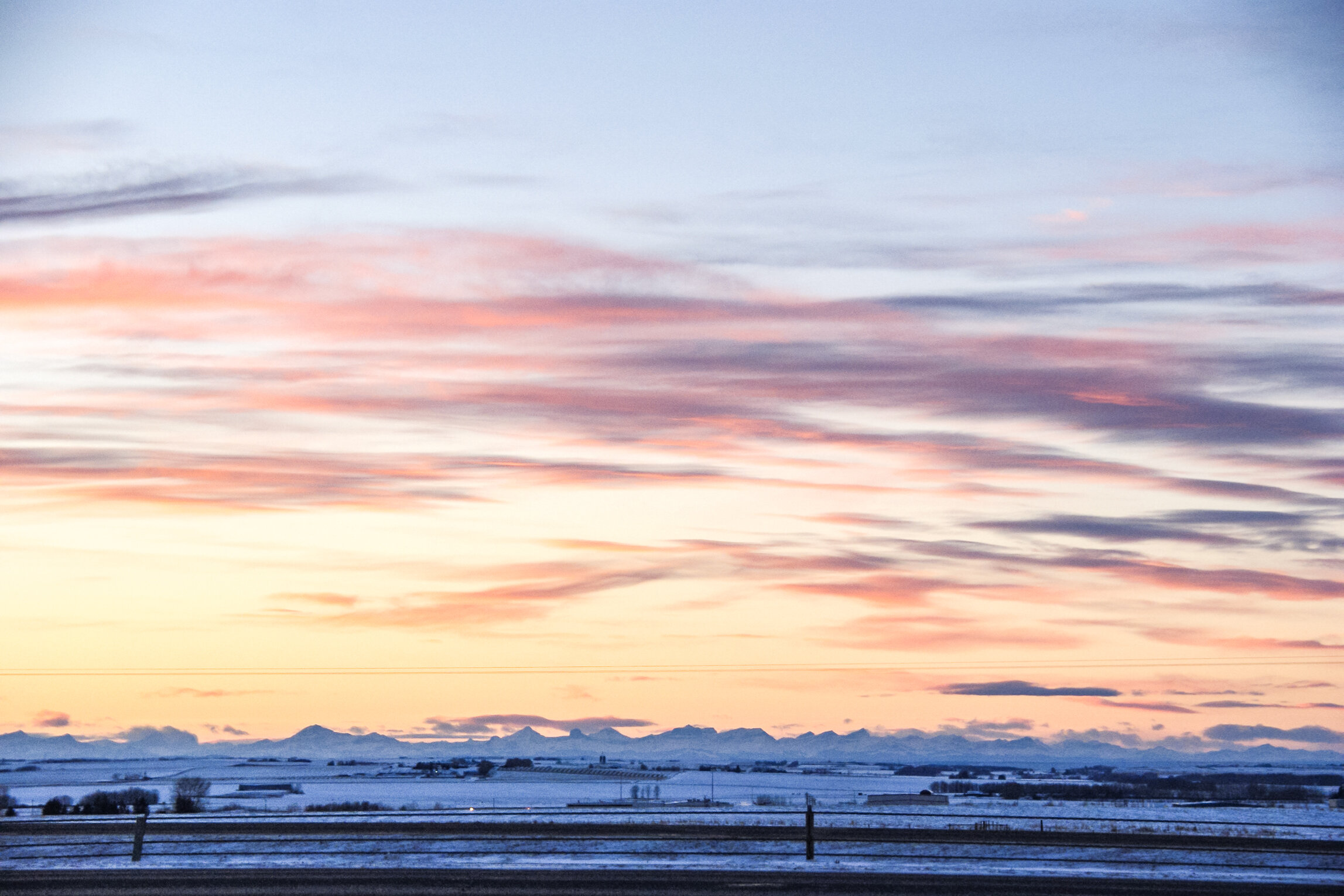

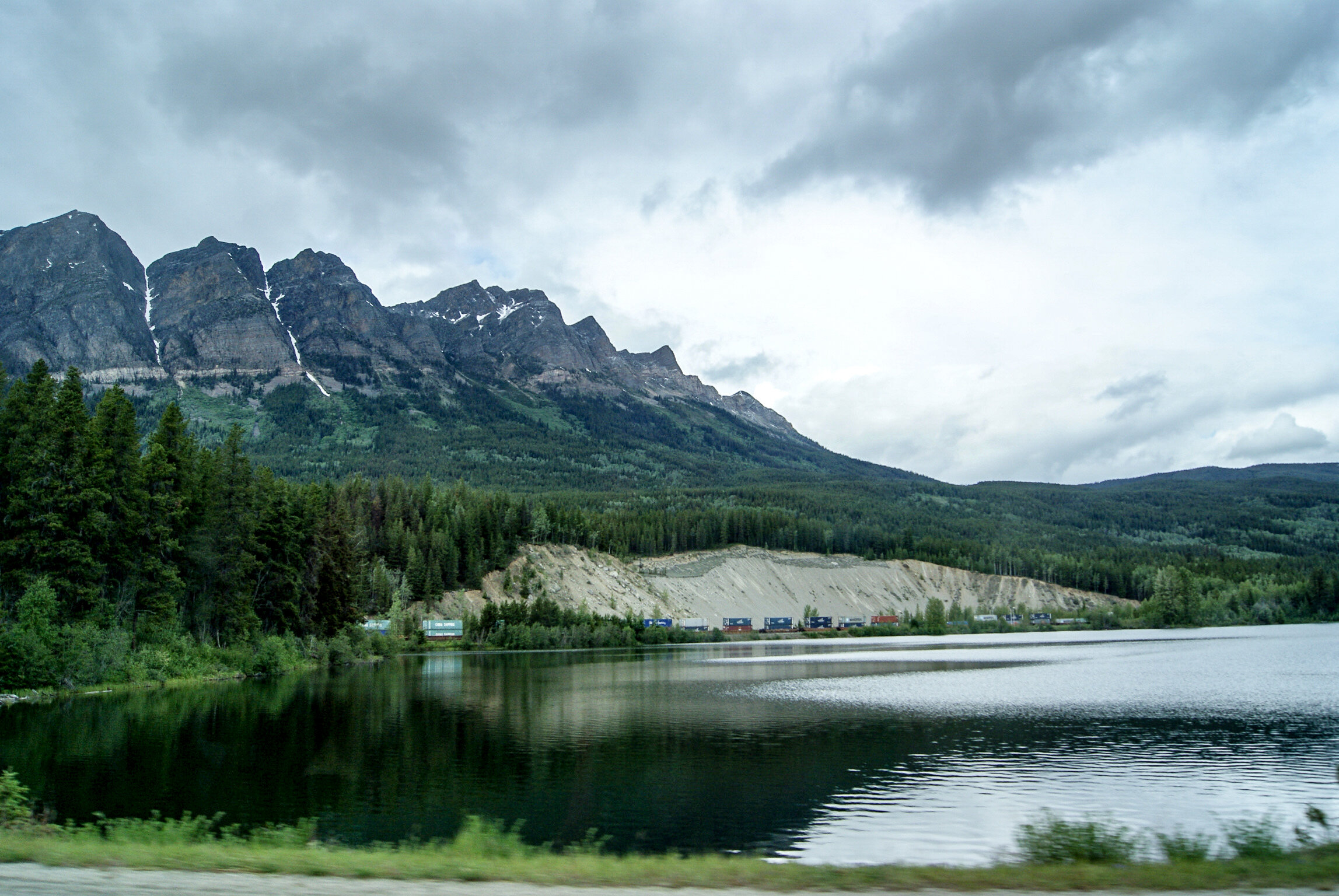


Social media has impacted how we see, capture, and represent the world around us though. Now we might spend hours upon hours trying to capture that perfect shot. The ‘perfect shot’ of the girl with billowing blonde hair dancing in golden light, a rimmed-hat and a patterned shirt, pushing a canoe through Lake Louise. You know that image that seems to represent Alberta as a place of pristine beauty and thrilling adventure, your bucket list travel destination?
When you hear Alberta, perhaps it is this picture comes to mind.
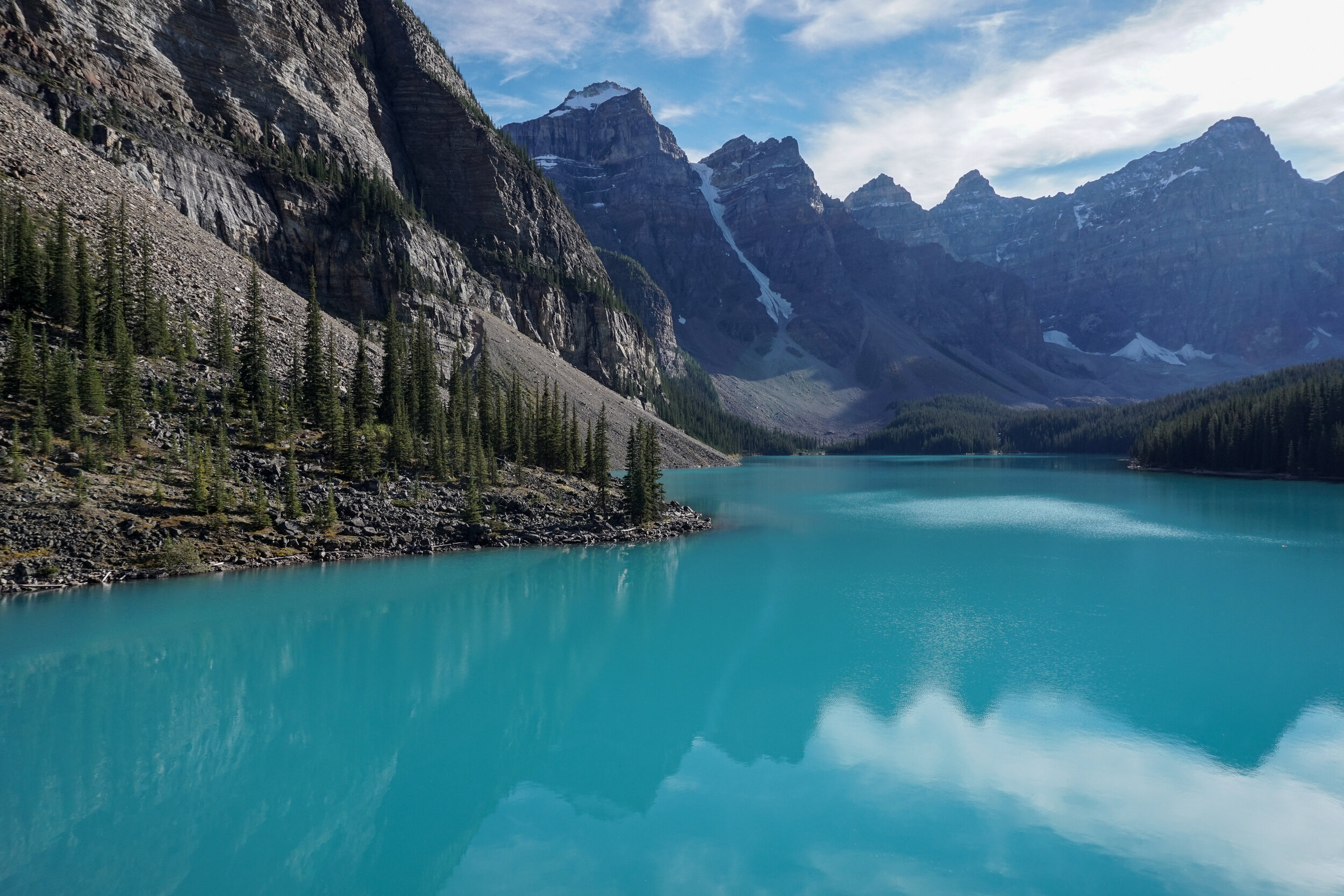

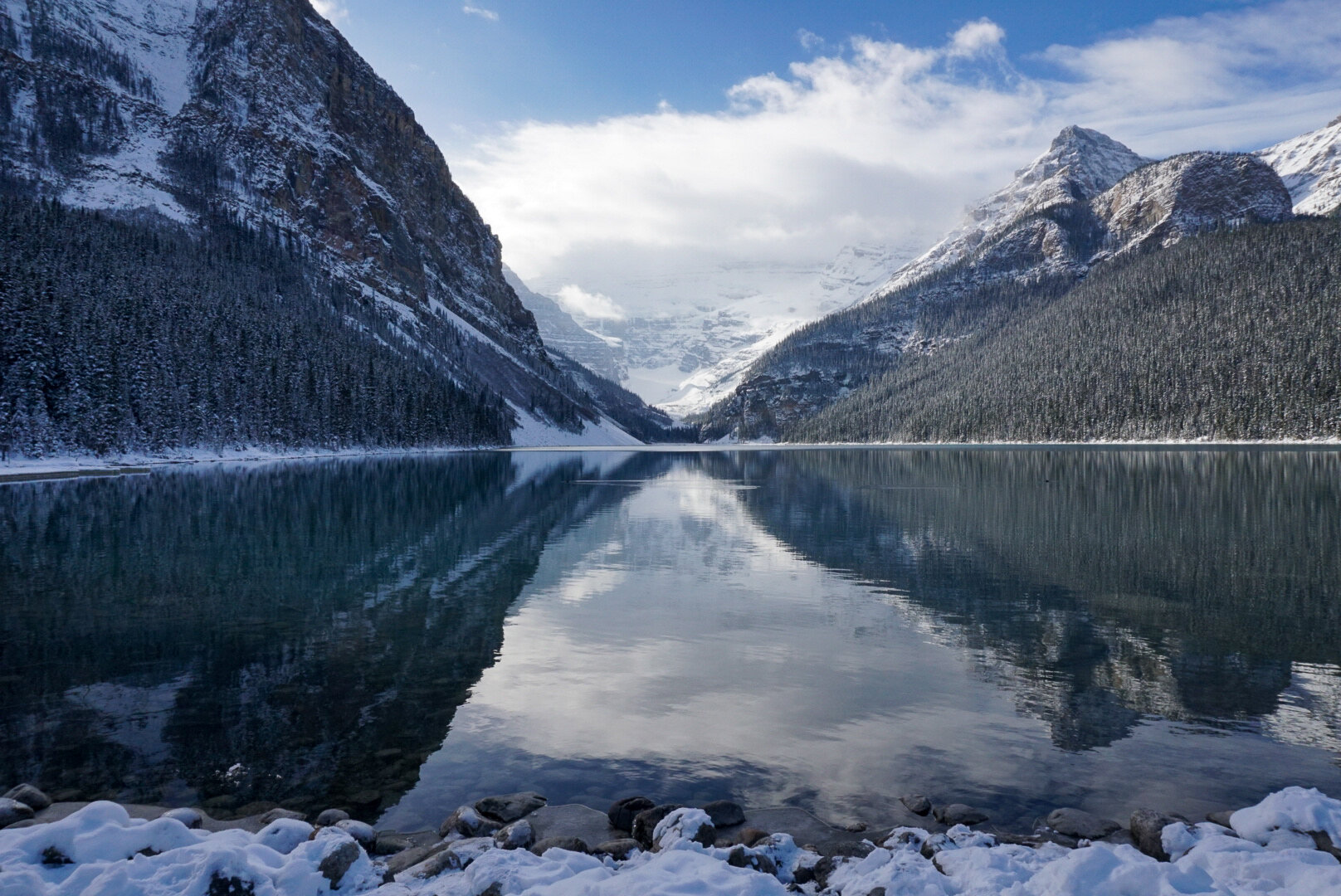
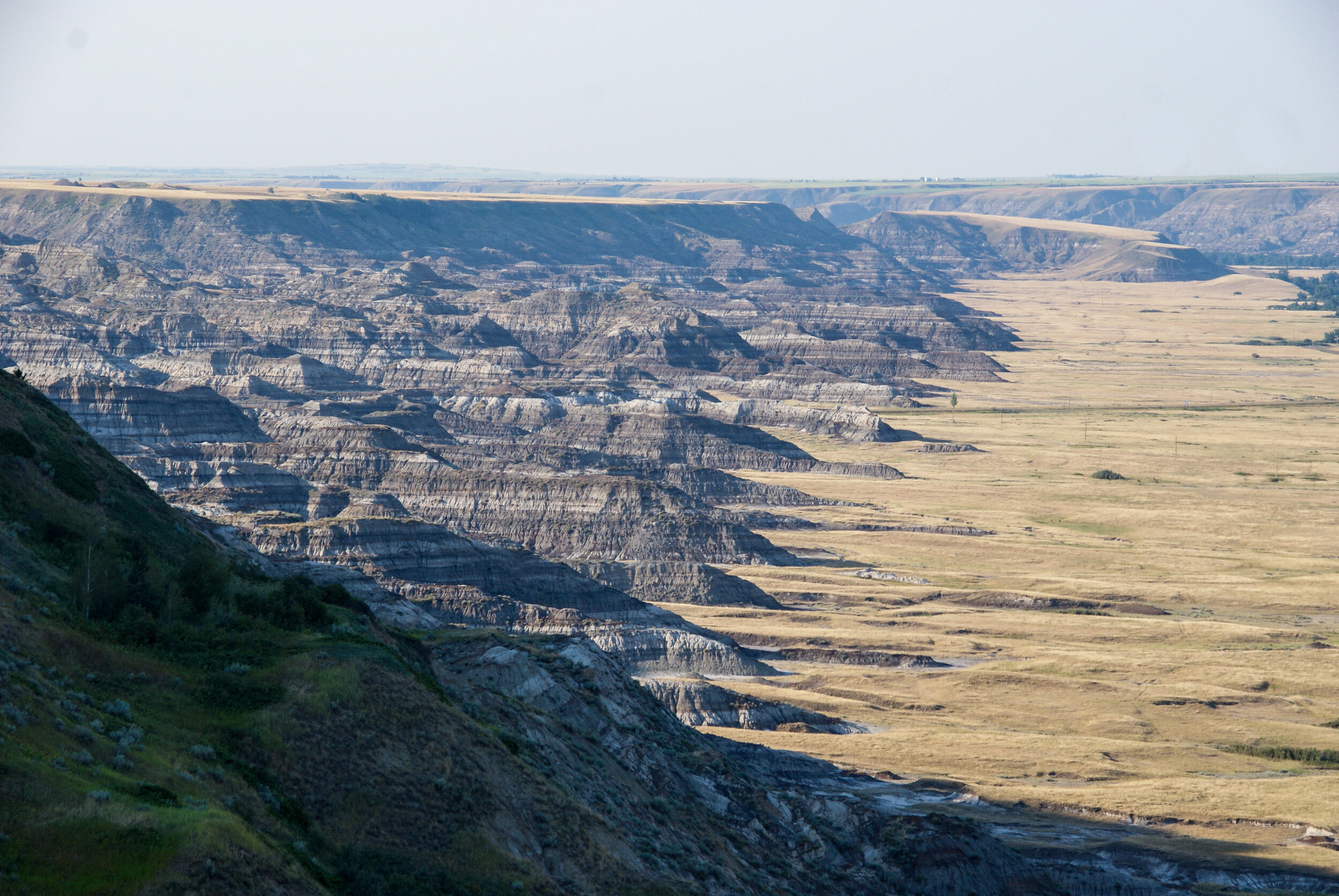
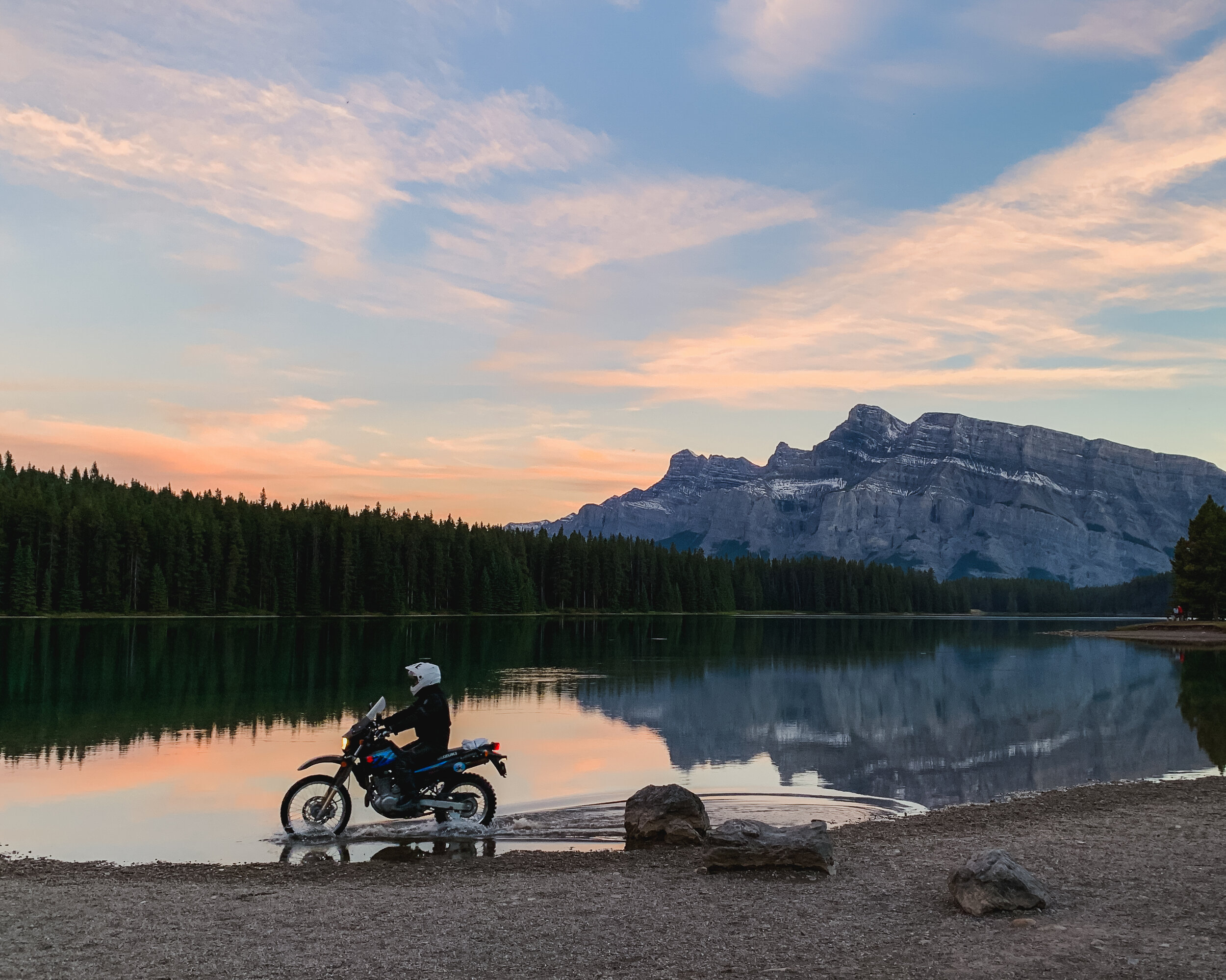
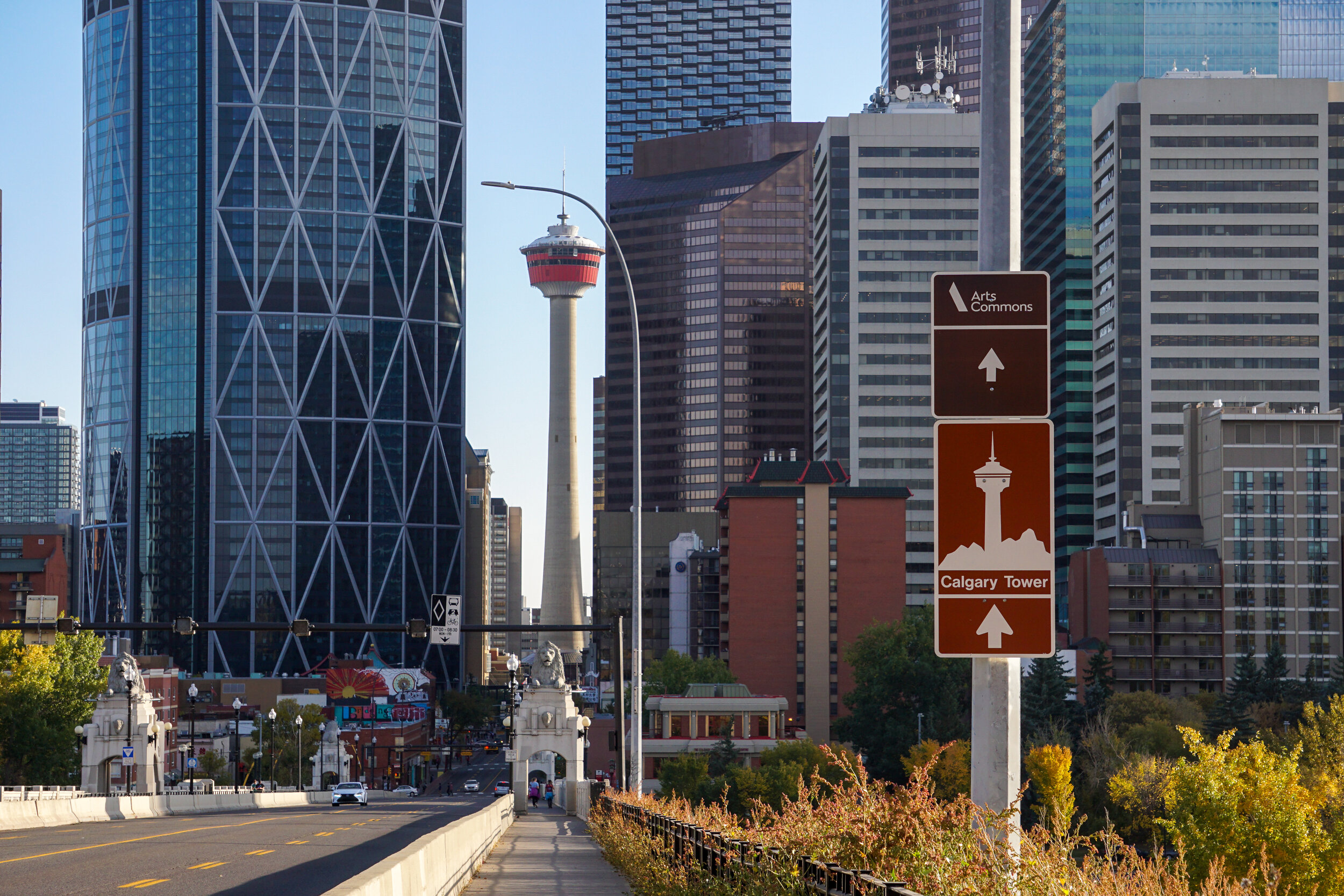


Governments, media outlets, and tourism offices used to have the majority of the control over how we portrayed our home to the world, and even ourselves. The power over representation is shifting so that we can now illustrate our homes to the world through social media. Advanced technology is also becoming more accessible so that we can take the most exciting photos with a simple click. And only a few taps on editing software can make an image look ‘perfect.’
Then it becomes a trophy on our Instagram wall, showing all the places we’ve been, the things we do, and the lives we live.
I have researched and worked on the topic of representation for many years in the case of the African continent. When you hear Africa, what picture comes to mind? Likely large swathes of Savannah, or starving children with flies on their faces, or places with crumbling infrastructure, traffic and conflict.
The preponderance of these images in popular and news media overshadow all other ones, so that even among African communities and their diasporas, the media influences their perception of home. When I have shown my images of Nairobi to my Kenyan friends, they sometimes thought I was showing them a picture of New York! They have come to internalize the media portrayals of their home to the point that they could not even recognize it. The problem with popular pictures of the African continent is that its diversity, its successes - and its everyday experience - are removed from their story.


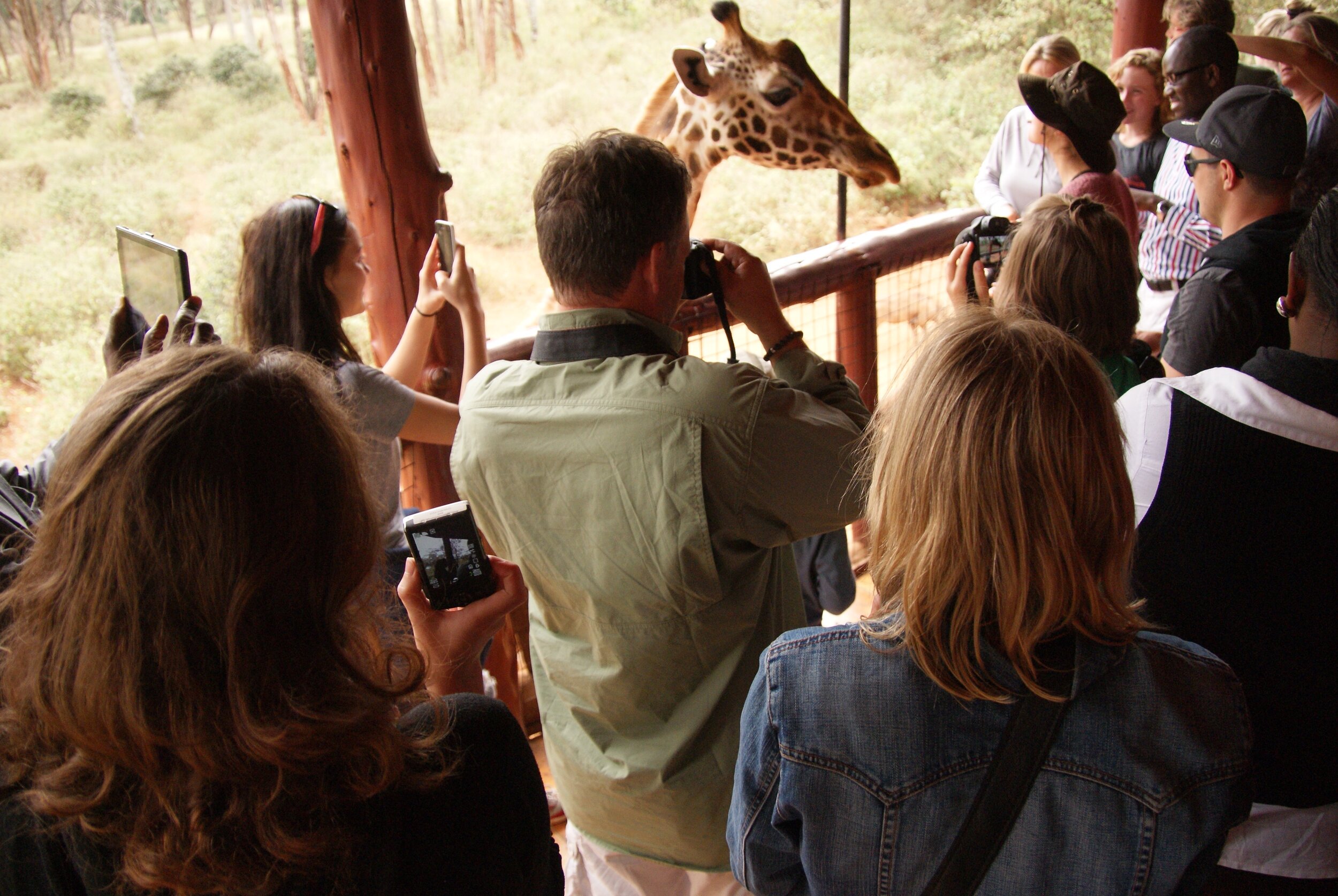
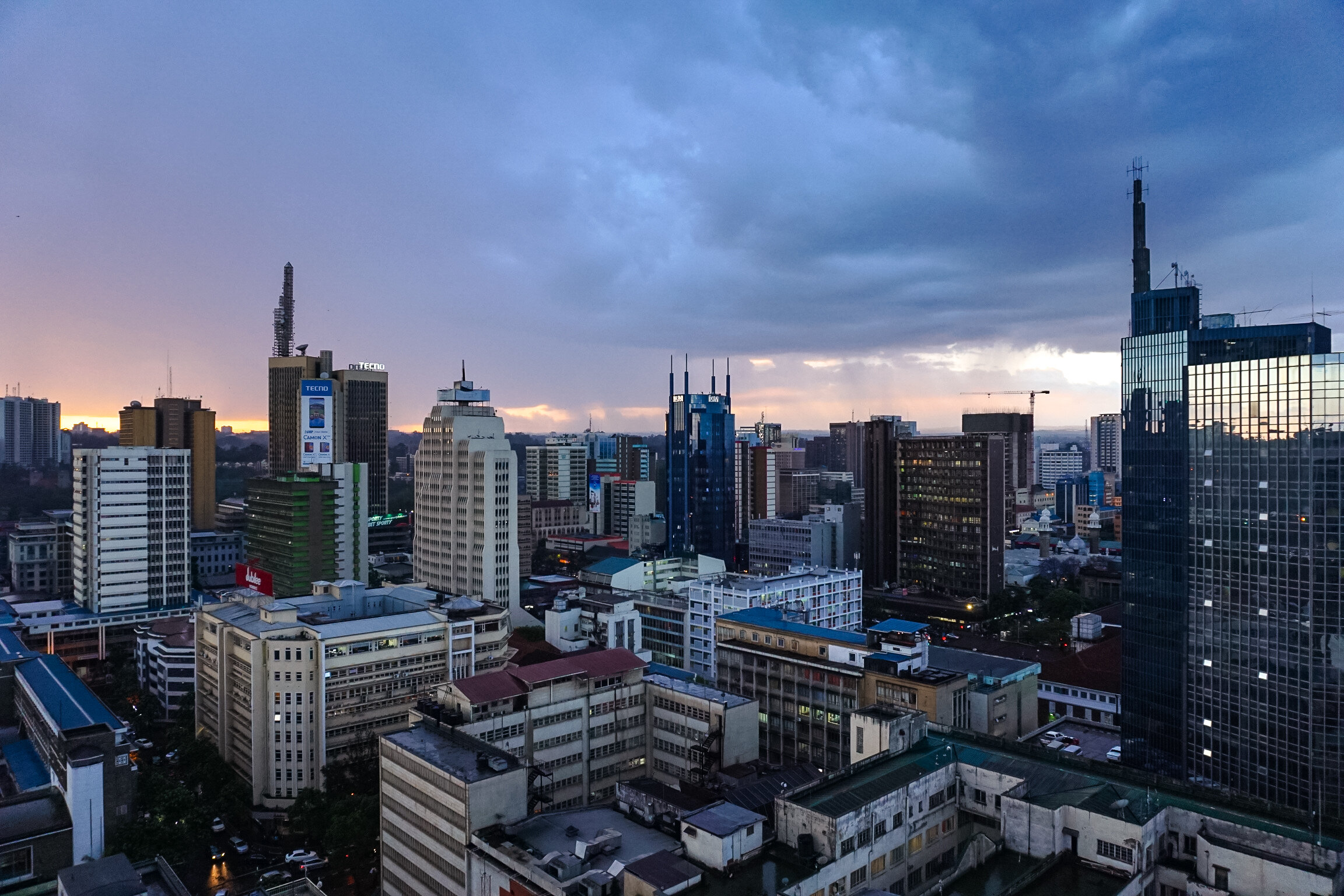
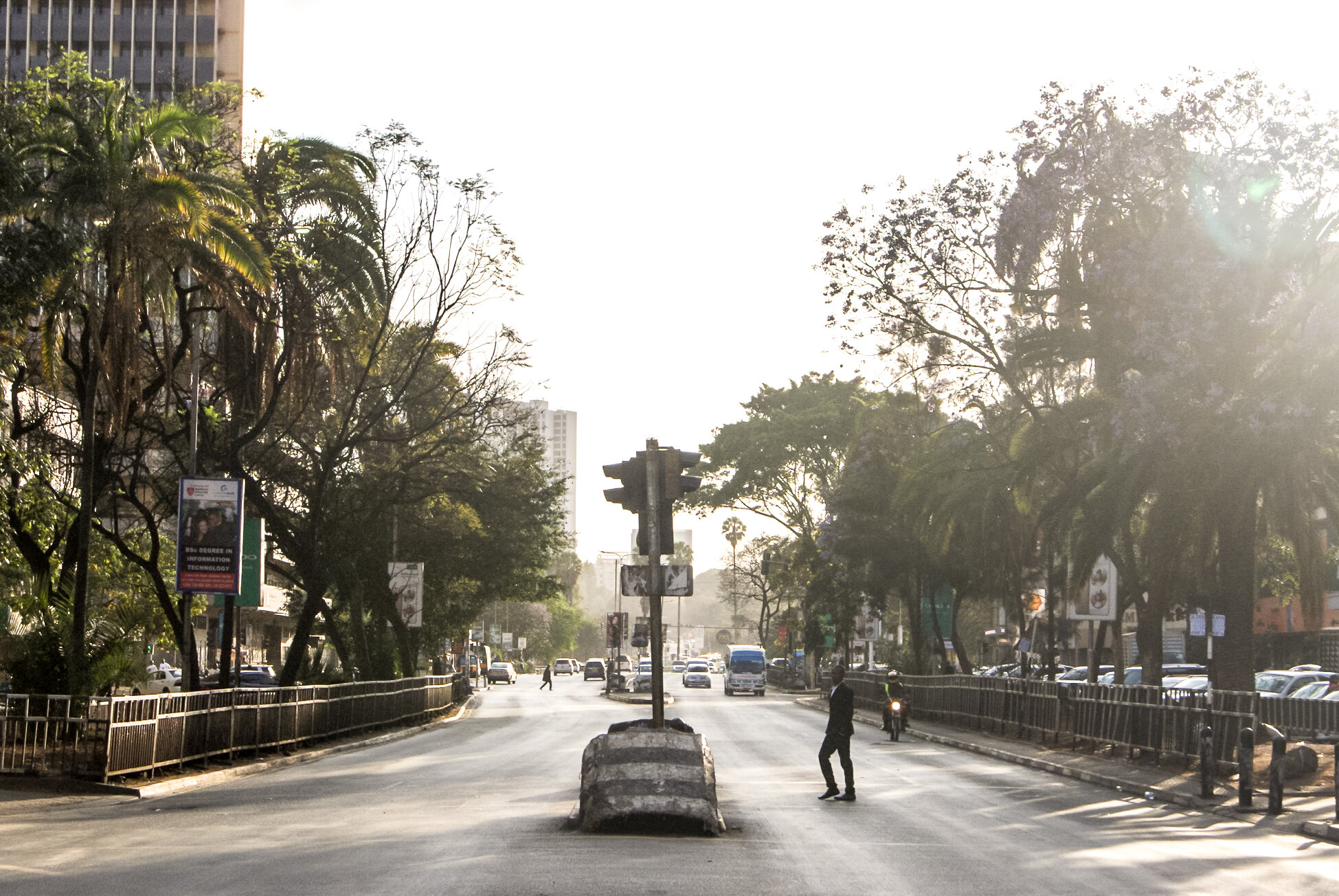
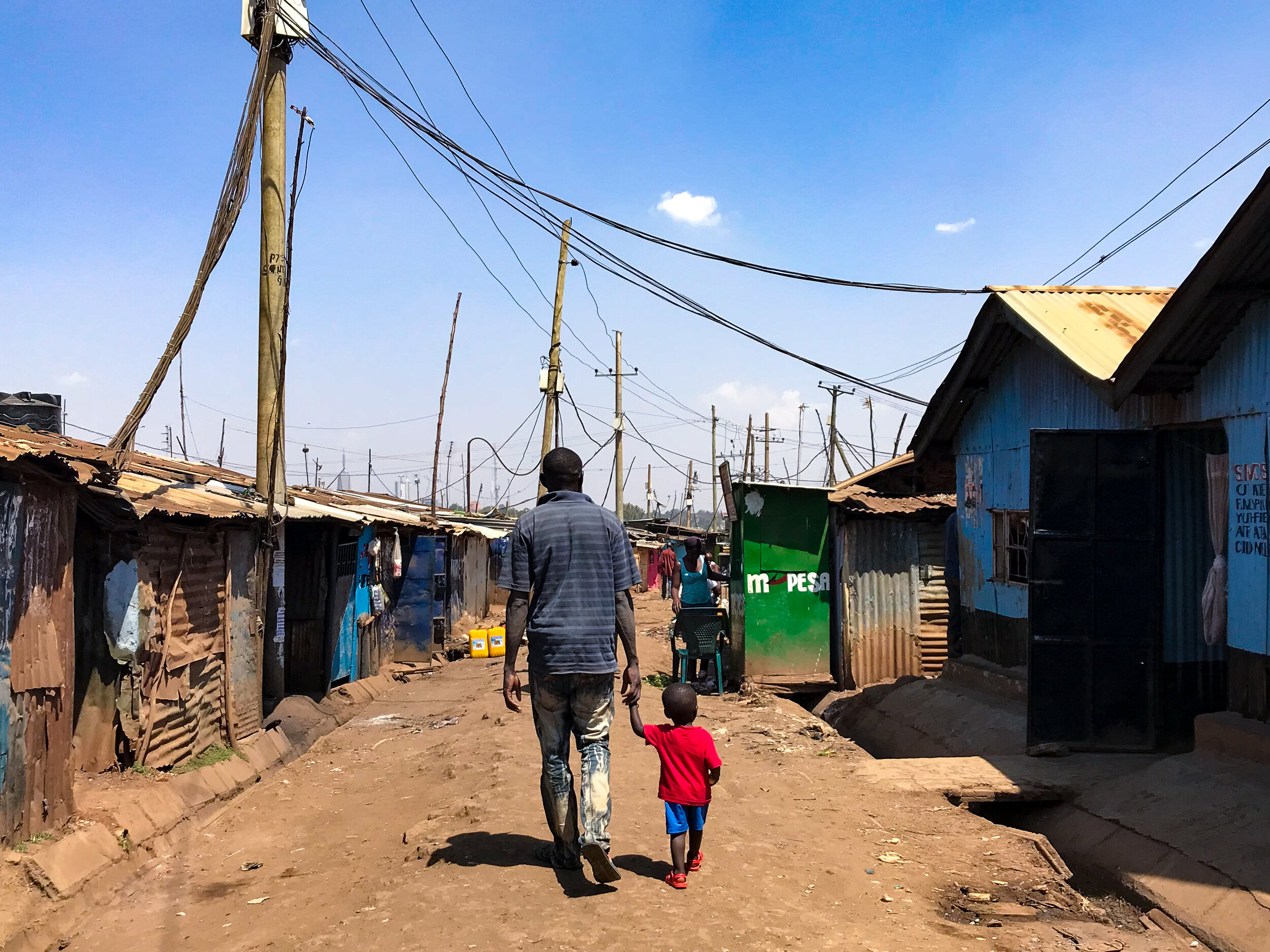
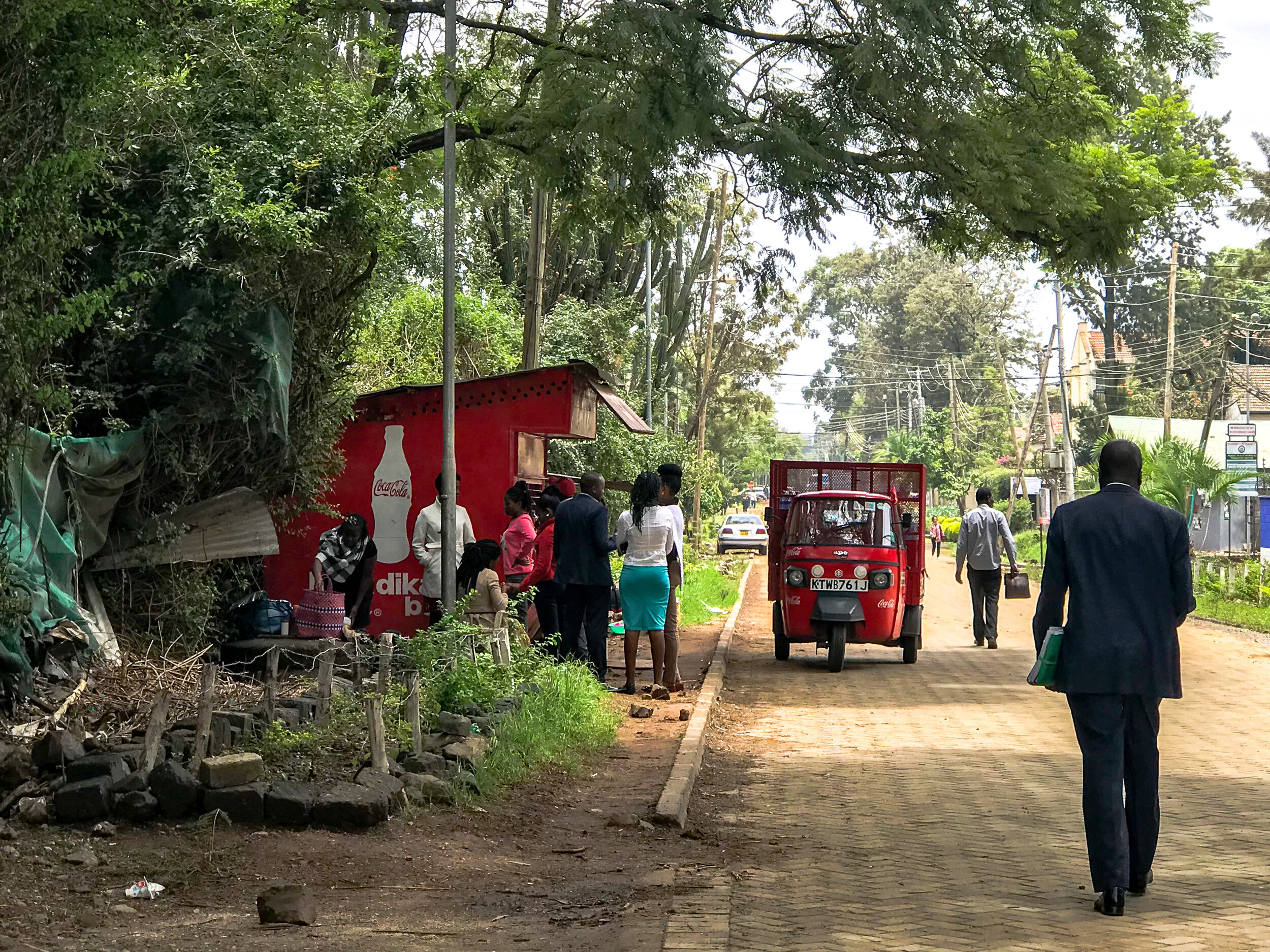
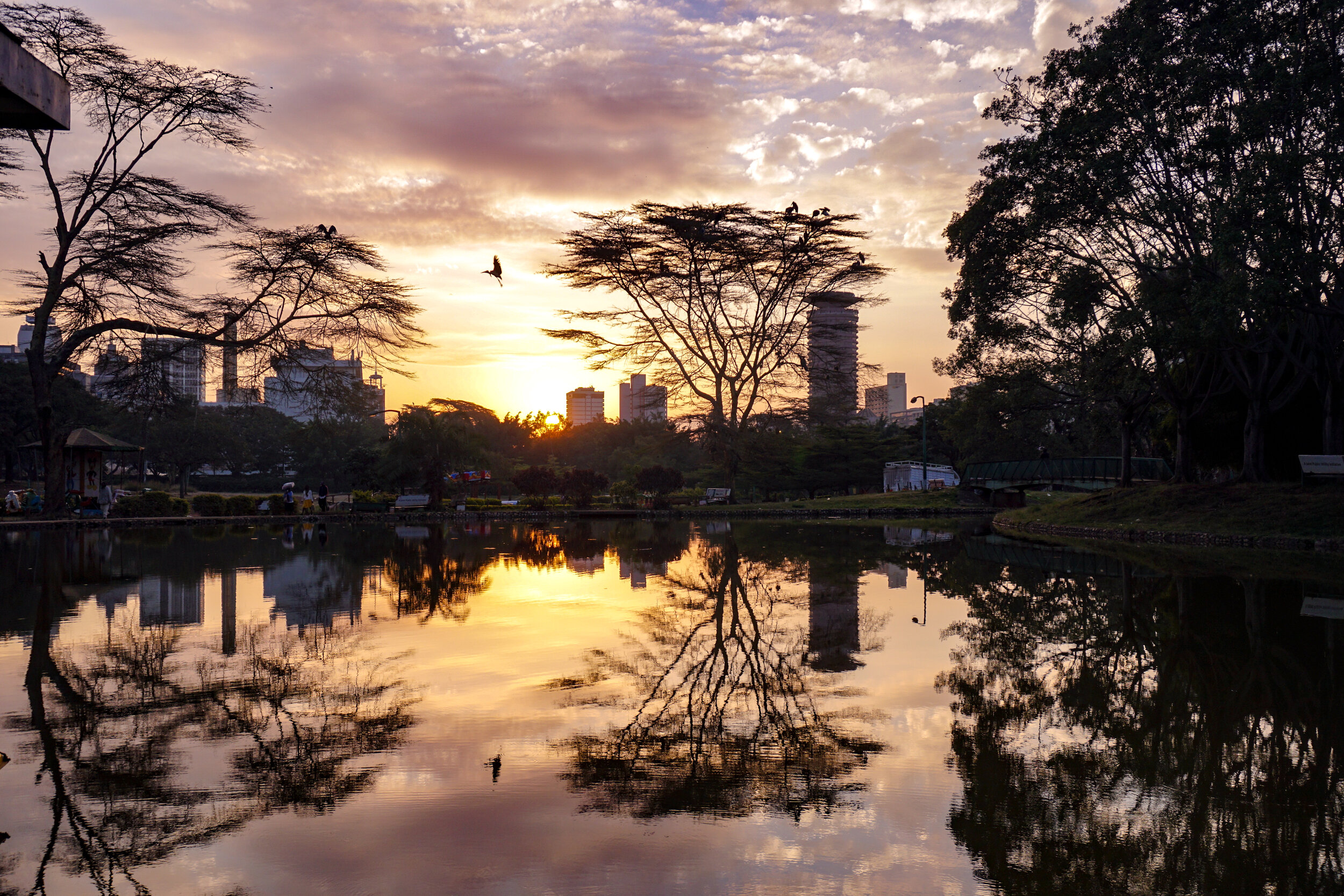
Last month, Arts Commons Presents and National Geographic Live presented Saiyna Bashir, Miora Rajaonary, and Danielle Villasana: Women and Migration, an event that collaborated with the Everyday Projects. The Everyday Projects started with a group of photographers who, in response to the above-described challenge in journalism, focused on photographing and showcasing on social media everyday life across Africa.
At April’s event, three female photographers spoke about their efforts to record women and migration in different countries. The Everyday Projects supports local journalists, artists, documentary photographers to showcase everyday life in their respective localities. These are not spaces to get your most planned, romanticized, airbrushed, ‘perfect’ images of a place, though today’s technology makes that impossible to avoid. These are spaces to witness from a variety of perspectives the everyday life in different places. Today, many of my mentors and friends are a part of this and similar initiative.
Alberta has grown immensely in ten years, and our cities are reflecting that. The familiar image of the Calgary and Edmonton I grew up are completely transformed with the addition of new skyscrapers and other buildings.
In Edmonton, the new Stantec Tower, Ice District, Walterdale Bridge, among other developments, have completely transformed its skyline. Downtown has become the centre of Edmonton’s new vision as a growing, forward-thinking city, perfect for creatives and entrepreneurs. This new image tells a different tale than the small-town family-friendly government city narrative that centred the city’s river valley, festivals and diversity. It’s almost like the Edmonton of today is saying it has become insta-worthy! Sunset chilling by the new bridge, innovation rising with its skyscrapers! Now the middle and upper classes can experience the city at its centre, where more and more people are living.
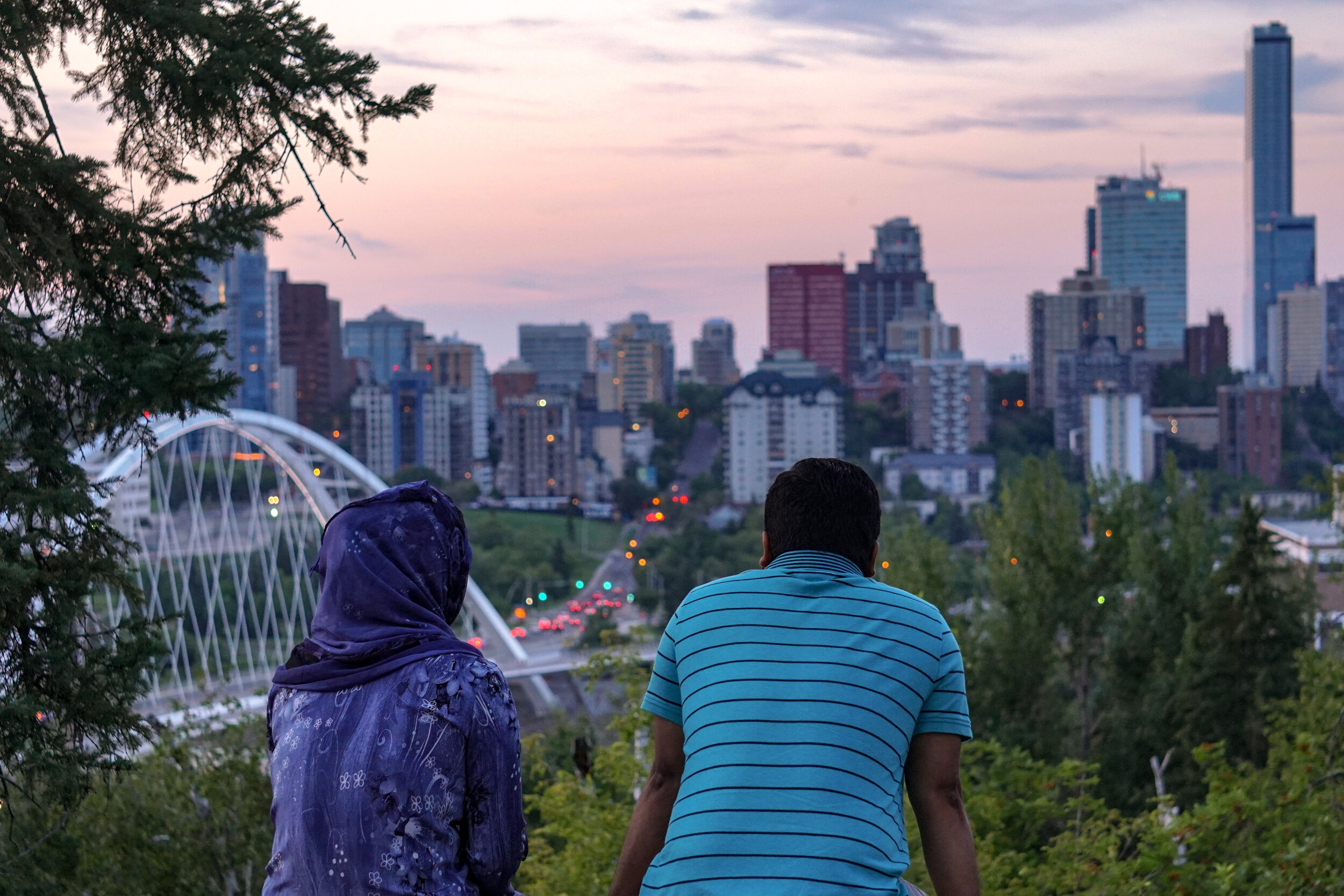
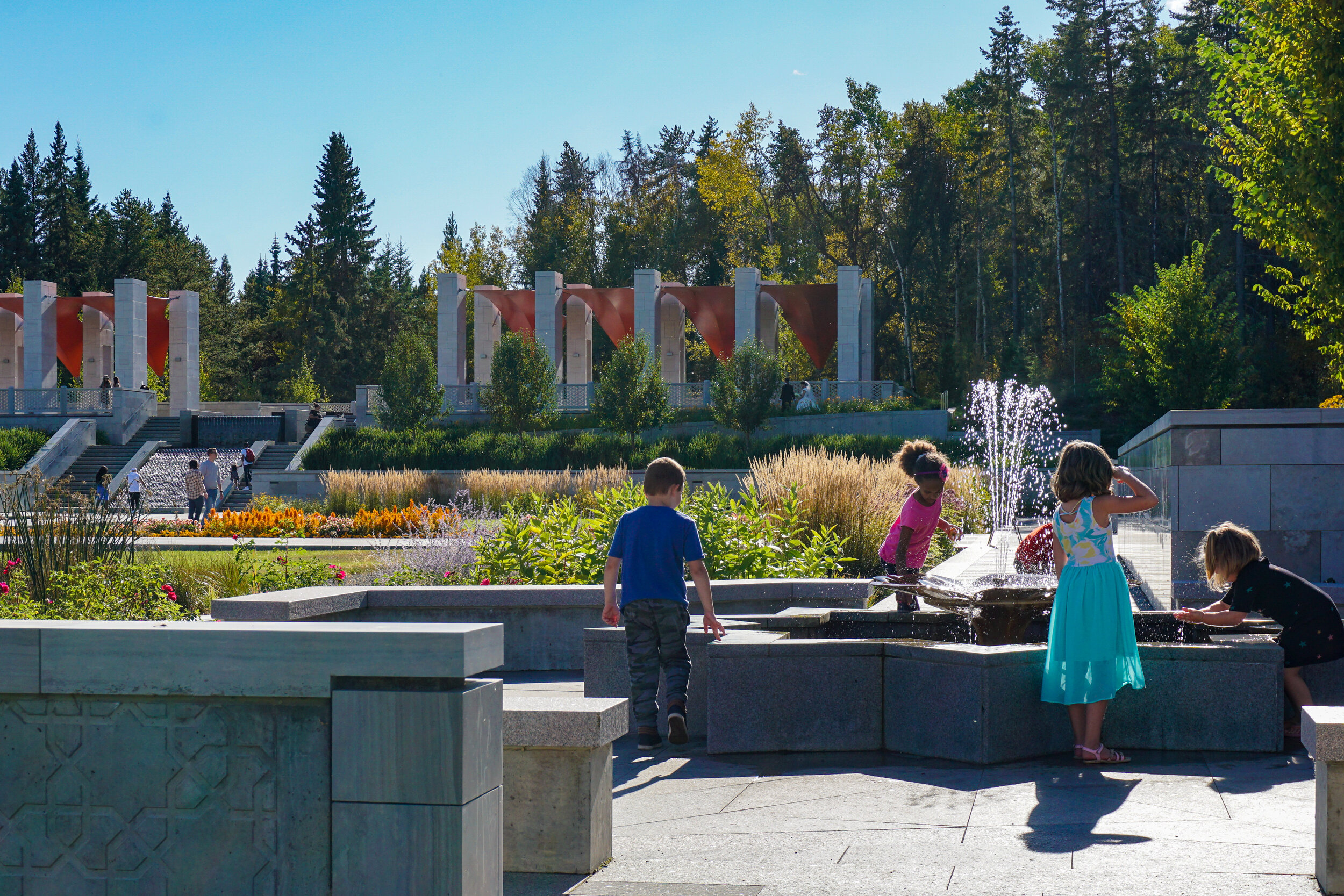
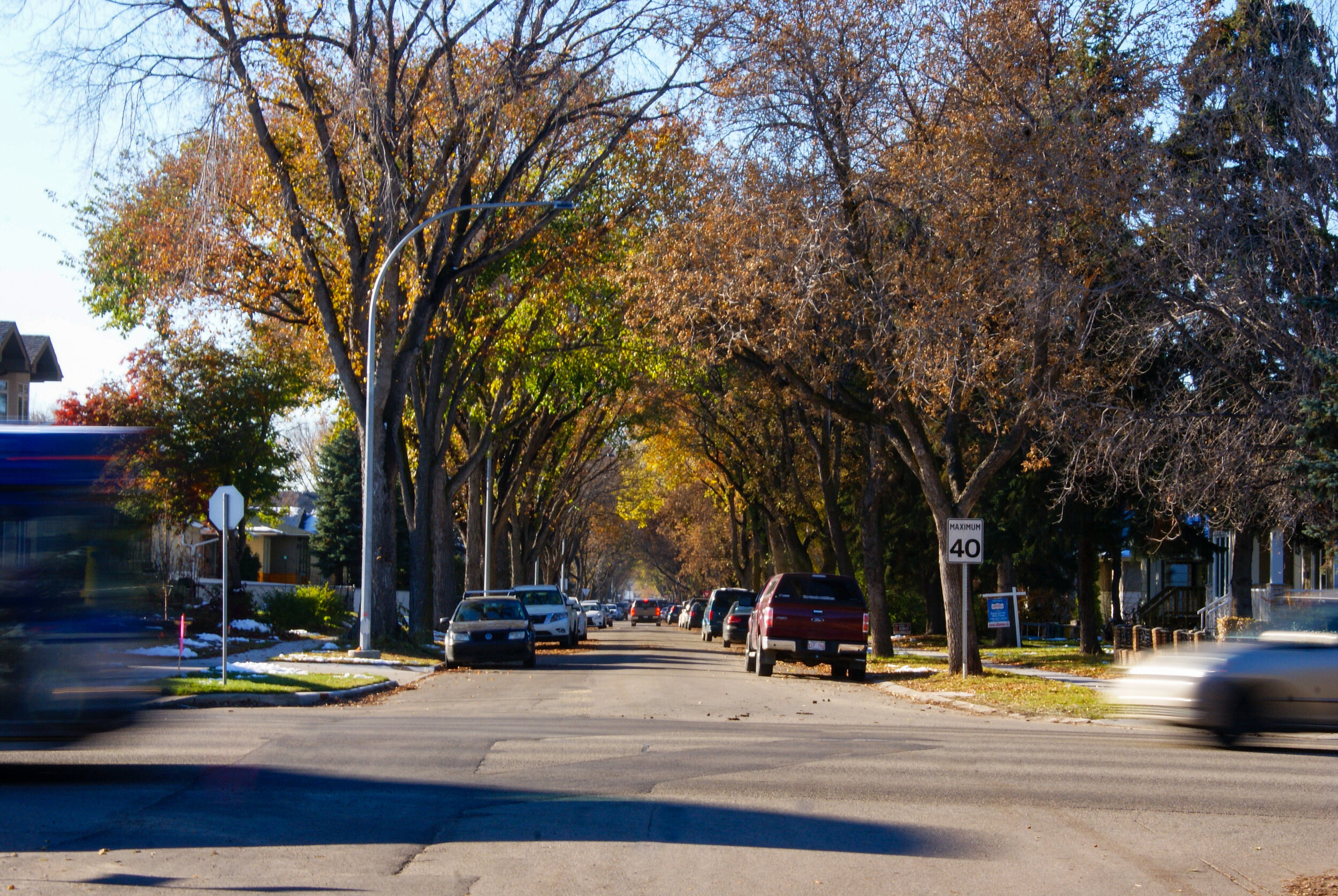


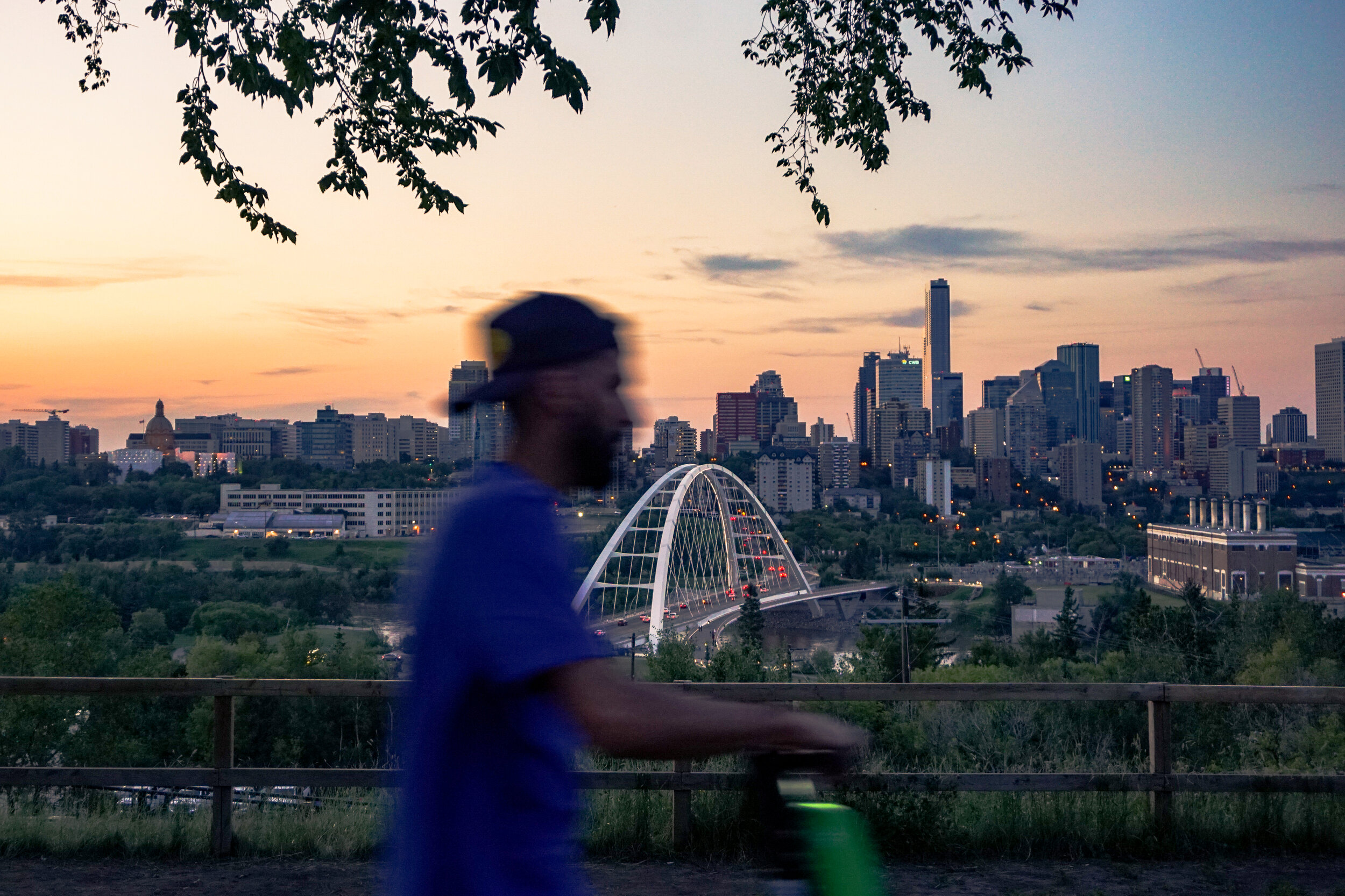

What is absent is equally important in this visual portrayal of the city: the folks who used to inhabit and navigate Edmonton’s downtown before this investment. Their everyday lived experiences of the city are increasingly getting sidelined and even erased as we invest in who we aspire to be rather than who we already are.
When you hear Alberta or Calgary or Banff, what is absent from the picture that comes to your mind might make it painfully clear what is missing in the stories we tell about our home. Yes, the mountains are sites for daring adventure and romanticized exploration, but they are also places of ancestral meaning and livelihood. For example, the Bow Valley has been a significant shared space for the Buffalo people of the Plains and the Salmon People of the Columbia. Stories like my own are also commonly absent in that ‘perfect shot’ of Banff too. Instead of aspiring to a singular aesthetic in our images, we should share the diversity of lived experiences of our home.
There is power in the image, and responsibility tied to the technologies we increasingly have access to. The democratization of representation means we have the privilege to portray ourselves to the world.
So I ask, when someone hears Alberta, what pictures do you think should come to their mind? Next time you click a picture of our home, tell your own story.
If you’re interested in seeing more of Nabila’s work, you can visit her Instagram @nabilawanders and if you’d like to learn more about the work of women photographers in Africa, please visit africanwomeninphotography.org.






